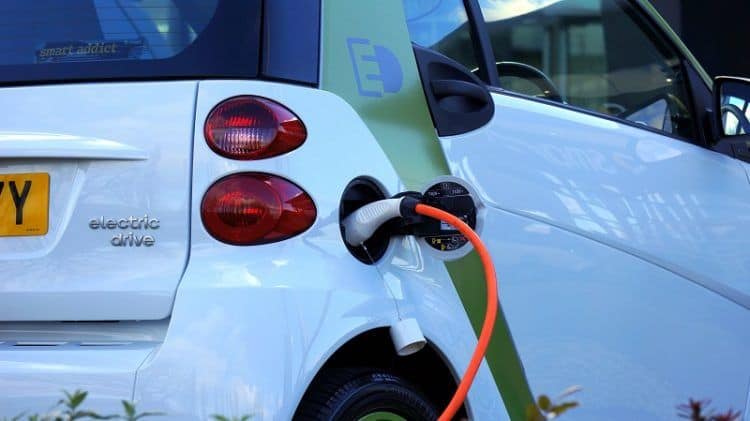
The US stock market had a strong end of 2019 and was on track for a great start of the year until an escalation of tension between the US and Iran send most stocks lower. Nevertheless, main stock market indexes gained ground last week, with the S&P 500 advancing by 0.42%, the Dow Jones Industrial Average growing by 0.61%, and the NASDAQ Composite appreciating by 0.84%.
Moreover, last week the stock market closed one of its best years, overcoming trade uncertainties and concerns regarding the global growth. The S&P 500 rallied by 28.9% in 2019, while the NASDAQ Composite surged by 35.2%, both registering the largest one-year gains since 2013. The Dow Jones Industrial Average gained 22.3% and recorded the best performance since 2017.
The first trading day of 2020 also saw the stocks on a good start of the year. The People’s Bank of China announced cutting the required cash reserve for commercial banks by 50 basis points. The move, which was widely expected, is expected to provide around $115 billion of liquidity into the country’s financial system.
However, on Friday, the stock market took a dive in the wake of an US airstrike in Iraq that killed General Qassim Soleimani, the top military commander of neighboring Iran. On the back of the airstrike that immediately escalated tensions in the Middle East, oil prices surged and benchmark indexes registered their biggest one-day losses in nearly a month. Iran promised retaliation and exited the 2015 nuclear deal that lifted sanctions in exchange for limited activity in the nuclear sector.
So far, both the US and Iran have only exchange threats and it remains unclear how the conflict will escalate further. In the meantime, the risk sentiment among investors increased, although analysts suggest that a good move could be to invest in aerospace and defense stocks, which managed to outpace the market already in 2019.
In the meantime, let’s check out which individual companies attracted the attention of Financial Advisors in the last days of 2019 and first days of 2020. TrackStar, InvestingChannel’s official newsletter capturing and analyzing the trends of Financial Advisors, compiled a list of the 20 most searched tickers over the last week, with Apple Inc. (NASDAQ:AAPL) again on the top. Apple was the best Dow performer last year, with gains of 86%. This year is expected to be a good one for the iPhone maker as well, as it will most likely enter the 5G space.
On the second spot is Amazon.com, Inc. (NASDAQ: AMZN), which gained ground last week amid expectations of a strong holiday sales.
The third most-searched ticker among Financial Advisors last week was Chinese electric vehicle maker Nio Inc – ADR (NYSE: NIO), whose stock surged by more than 50% on Monday after the company reported its financial results for the fiscal third quarter.
NIO posted a GAAP net loss of $0.35 per share, slightly better than the expected loss of $0.37 per share. At the same time, the revenue of $257 million grew by 22% sequentially and by 25% on the year and managed to beat the consensus estimate by $23.1 million.
The Chinese EV maker, which was founded in November 2014, ended the third quarter of 2019 with 4,799 vehicles delivered, much higher compared to 3,553 vehicles delivered a quarter earlier. The growth in deliveries was perceived by investors as a sign of recovery from the slump in the first half of 2019, when EV orders decreased on the back of a government subsidy cut.
NIO is on track to post another stellar quarter, as in the last month of 2019, it delivered 3,170 vehicles, up by 25% on the month.
The company currently has two vehicles in its line-up, both mid-size SUVs, a seven-seater ES8 and five-seater ES6. The company has so far delivered 31,913 vehicles. It’s also on track to launch a new vehicle, EC6, a five-seater coupe SUV.
Despite the cut in subsidies, the EV market in China is really heating up. NIO’s closest competitor in the region, Tesla Inc. (NASDAQ: TSLA), whose stock, incidentally, ranked fourth on TrackStar’s list, has recently opened a factory in Shanghai and managed to reach a production capacity of more than 1,000 cars per week and expects to reach an output of 3,000 vehicles per week in the near future.
























